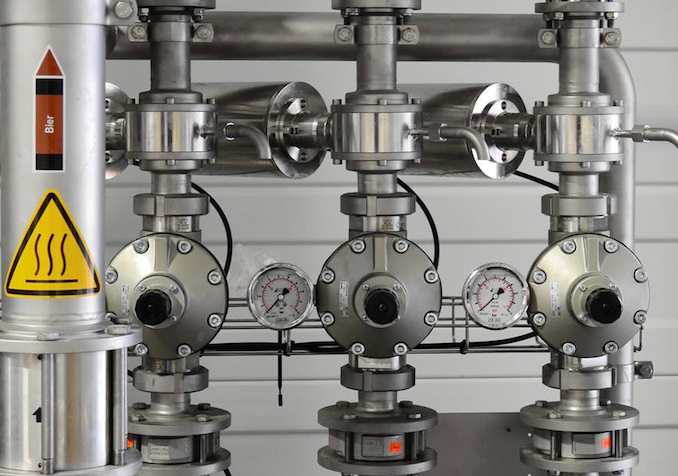When repairing damaged or clogged drains, pipe relining is more popular since it is more economical and practical than other well-known conventional methods of pipe and drain repairs.
The pipe relining procedure
Pipe relining Sydney is a trenchless pipe repair technology since digging a trench to access the pipes for replacement is unnecessary. The damaged pipe is examined using a CCTV camera as the first stage for pipe relining. This inspection aims to evaluate the severity of the pipe damage and determine whether relining or overhauling the pipes is necessary.
After deciding to reline the pipe, the grease and oils are removed using a hydro-jetter, delivering water at extremely high pressure. The resin would not attach without this due to the amount of residue in the pipe. Incorrect execution of this task could result in uneven linings in the newly constructed pipe.
The lining materials are put together once the pipe is unquestionably clean enough. A calibration tube pushes the liner out when it’s ready for curation. The typical materials for the calibration tube are polyester or fiberglass.
The two-part epoxy resin is then thoroughly combined. It is crushed in an inversion trailer to ensure the epoxy gets to every fiber in the liner. The wetting-out is the term for this. The liner can then be stored in an ice bucket to keep it from hardening before it is used.
The lining procedure can begin once the liner is in the inversion tank. The epoxy is injected into the pipe through an access point upstream (it might also be filled from downstream, but there may be specific concerns).
To make the resin solid, it must be “cured.” Perhaps because the resin is allowed to air-dry or the process is sped up with hot water or steam after placement and not cured before being fixed, this relining method is known as cured-in-place. The final step in the curing process takes place within the tube using ultraviolet light.
A robotic cutter is used to open up all the joints that were sealed up when the epoxy was pressed into the pipe after the resin has completely dried and set to produce the new pipe. Any other level cutter may be used to create the openings in the absence of a robotic cutter. The pipe is lastly examined to guarantee that the resin was not wrinkled or left with open places.
What are the benefits of pipe relining?
- A CCTV inspection of the pipes might help you pinpoint the source of the issue.
- It does not interfere with your regular activities because there is no digging.
- It is durable because it reinforces damaged pipes to make them whole.
- Relining your pipes is far quicker than having them replaced.
- When the price of repairing or replacing components harmed during excavation is considered, it is a less expensive choice.
- Finally, pipe relining gives you the choice of repairing only damaged sections, as opposed to the conventional procedure of overhauling the entire length of pipes.
The bottom line
Pipe relining is strongly advised when repairing pipes, including clogged toilet drains, damaged kitchen pipes, and other broken pipes.

